Latest
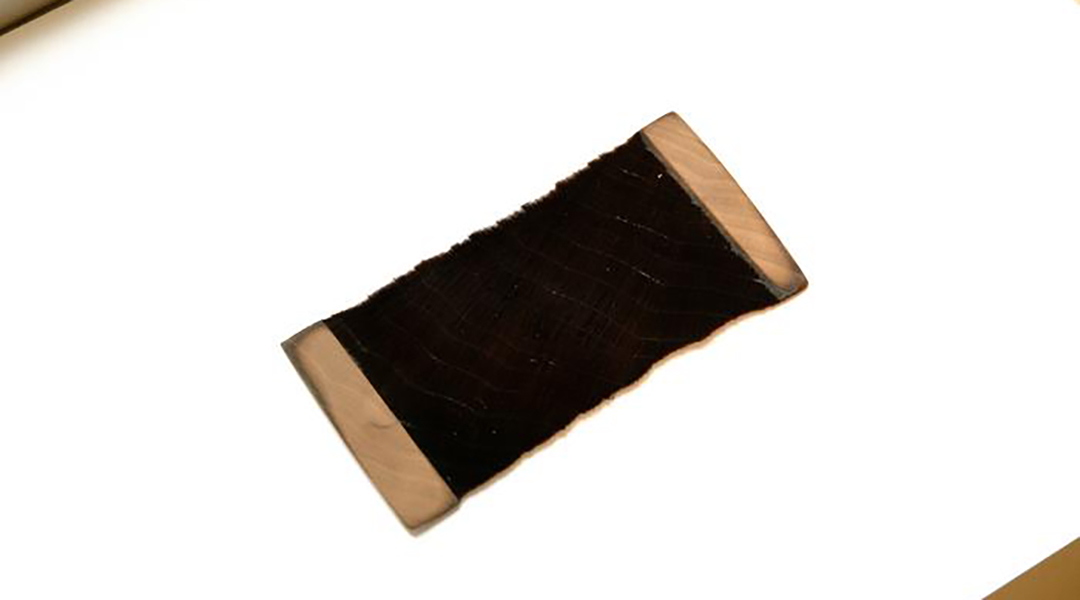
Super-black material created from etched wood
This material absorbs more than 99% of the light that strikes it, making it useful in applications ranging from solar energy to astronomy.
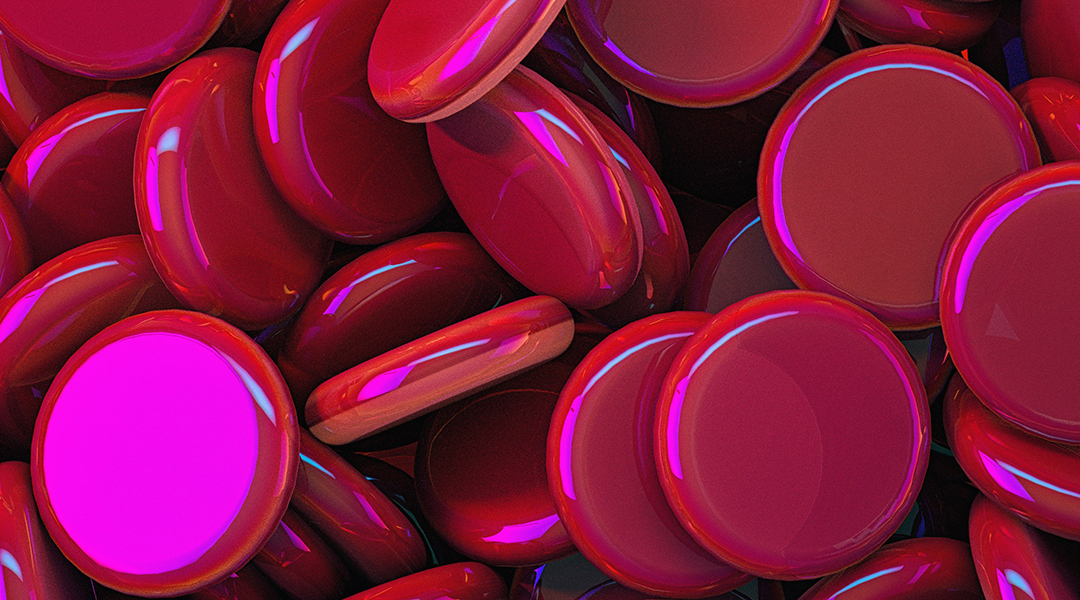
Finding the neural pathways behind the placebo effect
Understanding the placebo effect could lead to pain management therapies that are more effective than opioids without causing addiction.
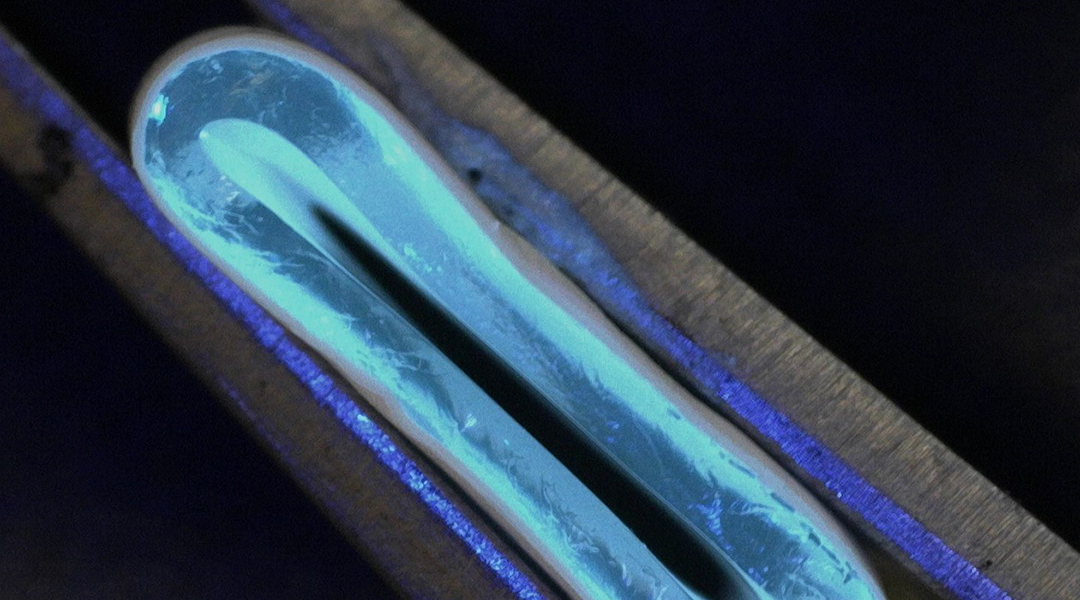
A safer, more flexible graft gets to the heart of coronary artery bypass
Using a hydrogel coated with electrospun nanofiber, a new artery graft offers safer coronary artery bypass interventions.

Biodegradable plastics remain a hidden source of harmful microplastics
There is an urgent need to replace fossil-derived plastics with biodegradable alternatives but do they solve microplastics’ health issues?

Beijing Collider helps scientists probe discrepancy around an elusive hadron particle
New insights into the decay of a hadron particle known as a charmonium could potentially reshape our understanding of particle interactions and challenge existing theories.
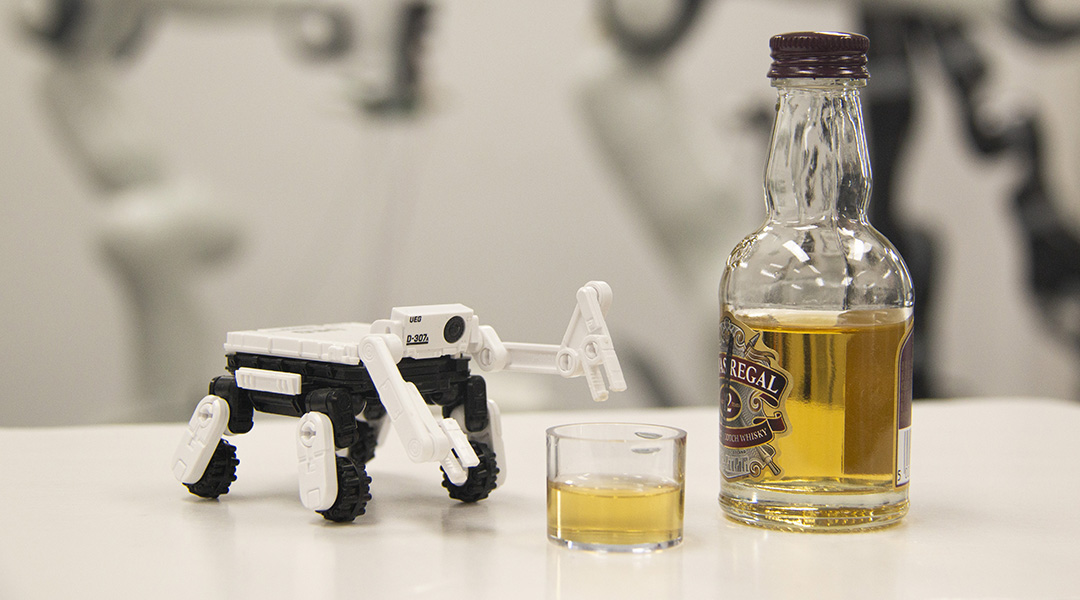
An artificial nose that sniffs like a wine taster
Precisely copying the capabilities of a biological nose with an artificial one is a lofty but potentially world-changing goal.

Fitness trackers powered by sweat
The generator harnesses energy from water and is built with a fiberform material derived from the straps of disposable medical masks.
ASN Weekly
Sign up for our weekly newsletter and receive the latest science news directly to your inbox.
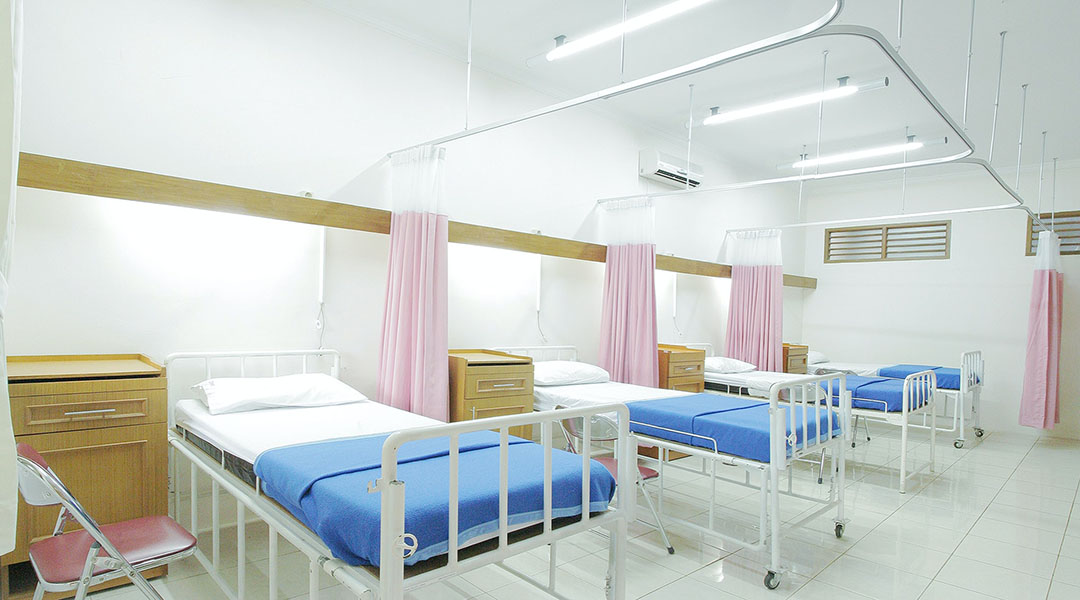
Simple process significantly improves viability of antibacterial films
By simplifying the production steps needed to treat surfaces with antibacterial films, scientists hope they can become more widely adopted in clinical settings and beyond.
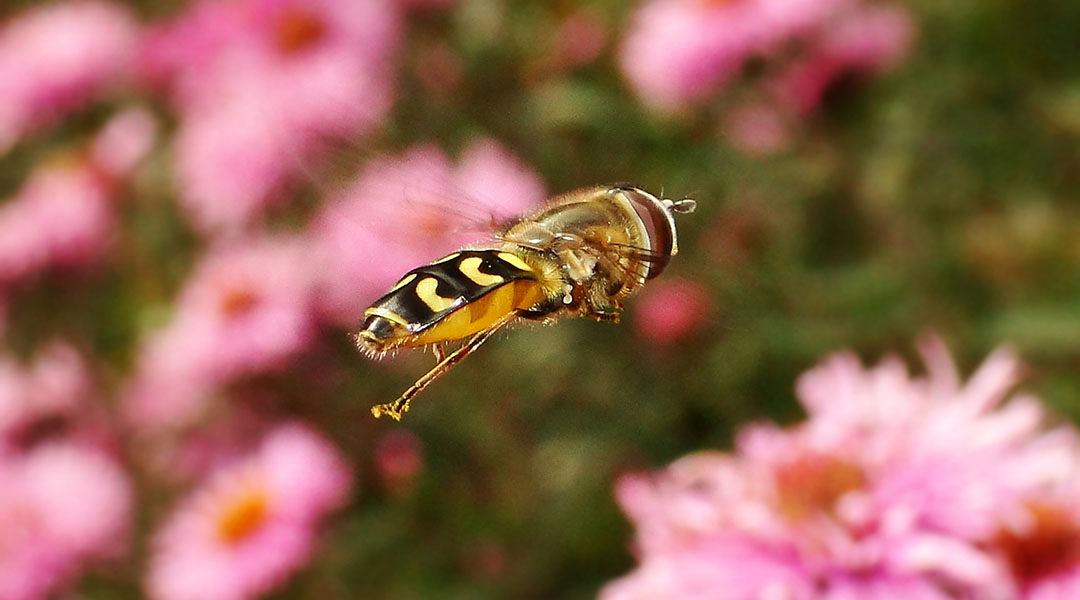
Asynchronous insect flight inspires artificial flyers
An asynchronous and self-adaptive flyer can adjust the frequency and amplitude of its wings under specific external disturbances.
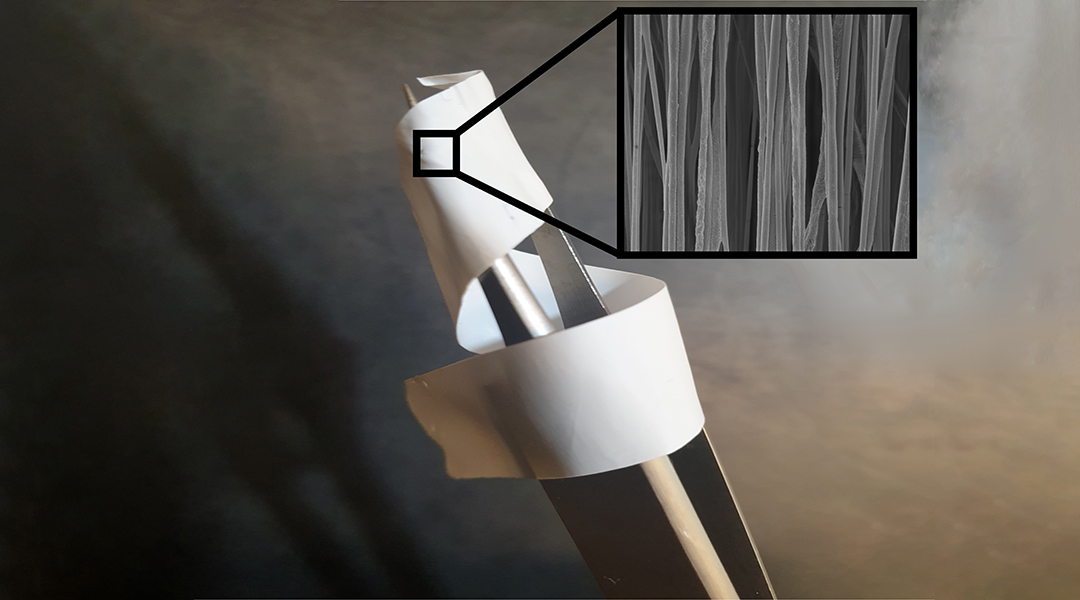
Speeding up tendon healing by mimicking the body’s bioelectrical cues
This implantable device acts as mechanical support for damaged tendons and mimics the bioelectrical cues usually provided by collagen during wound healing.

Volcanic arcs could help consume some of the world’s carbon
The weathering of the Earth’s surface serves as a geological thermostat and new research says that the breakdown of rocks at volcanic sites could help consume some of the world’s atmospheric carbon.
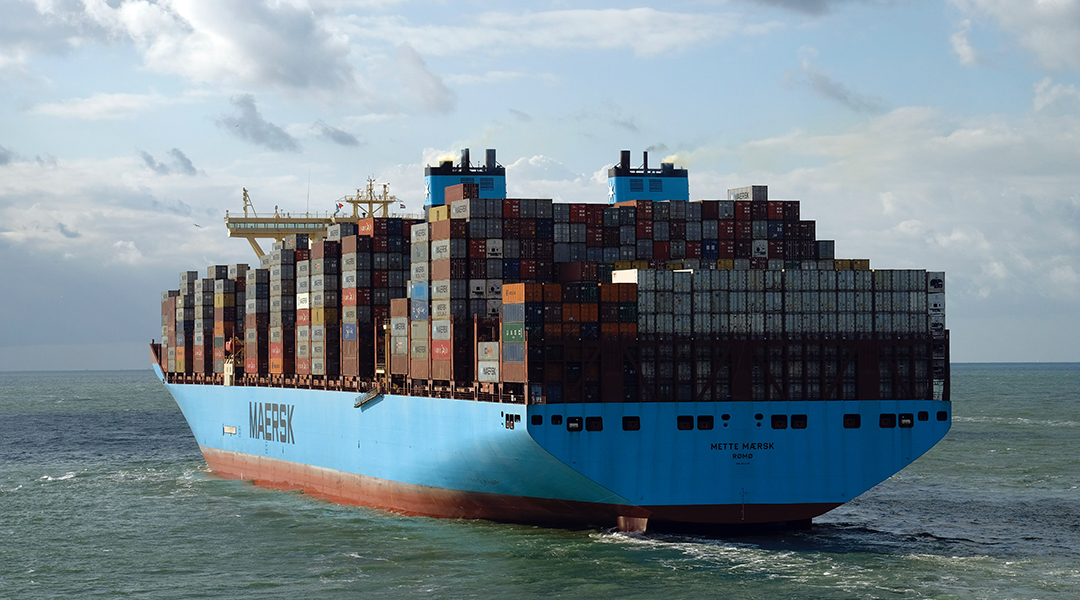
Getting renewable methanol on the high seas
Advances in sustainable, methanol-based fuels bring us a step closer to carbon neutral shipping.
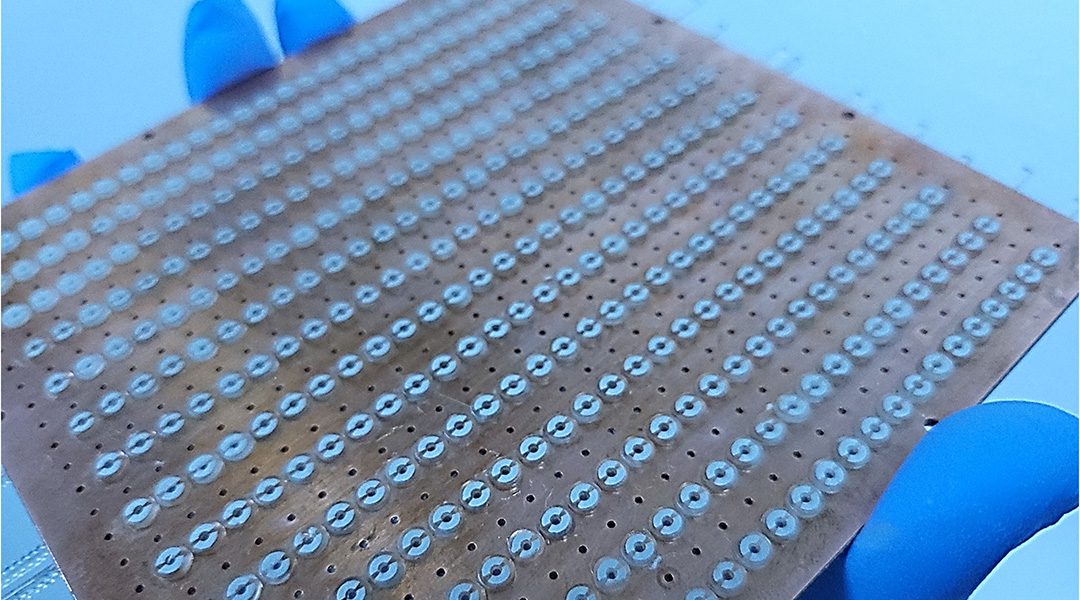
Indoor 5G gets a much-needed signal boost
A user-friendly system consisting of units that can direct 5G around obstacles in the home aim to eliminate communication shading areas.

Defining the edges of galaxies
Using a new definition of galaxy size, astronomers have uncovered new, exciting findings about how they formed and evolved.

Infants can recover language function after a stroke
A new study has found dramatic reorganization in the brain’s language processing areas in adolescents who had suffered a stroke at birth.

Mimicking the brain with single transistor artificial neurons
The power demands of the Internet of Things could be combated with computing systems that mimic biological neurons.
No Results Found
The page you requested could not be found. Try refining your search, or use the navigation above to locate the post.
No Results Found
The page you requested could not be found. Try refining your search, or use the navigation above to locate the post.
No Results Found
The page you requested could not be found. Try refining your search, or use the navigation above to locate the post.
No Results Found
The page you requested could not be found. Try refining your search, or use the navigation above to locate the post.
No Results Found
The page you requested could not be found. Try refining your search, or use the navigation above to locate the post.
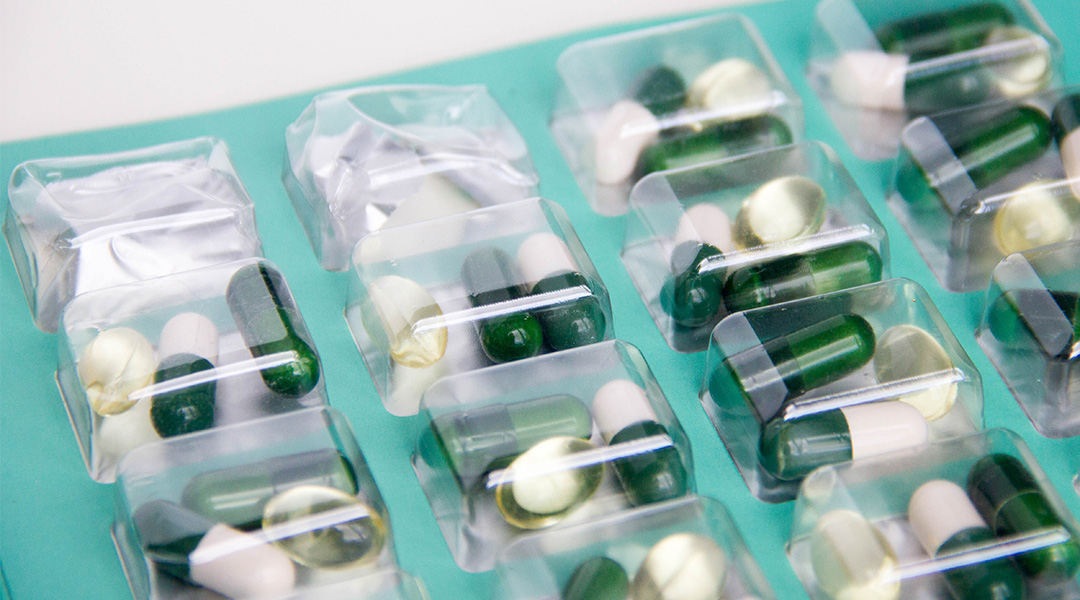
Relief for treatment-resistant depression
The antipsychotic medication aripiprazole has been shown to help adults over 60 with treatment-resistant depression.
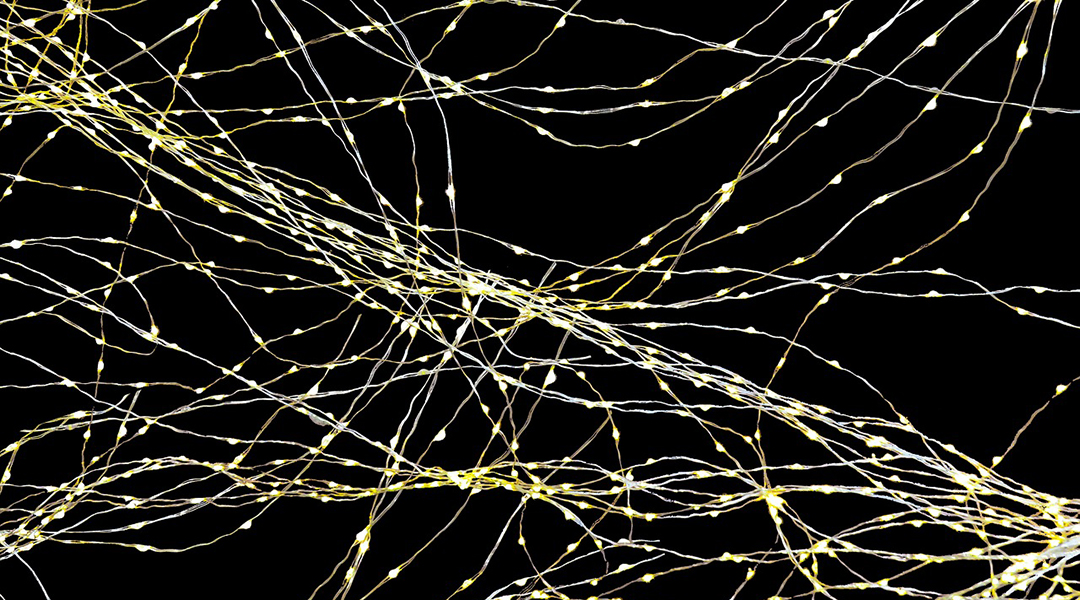
An implantable device reconnects nerves
An implantable hybrid device combines the benefits of two therapeutic approaches to help repair nerve damage.

Powerful diagnostic approach uses light to detect virtually all forms of cancer
Using Raman spectroscopy as a means of detection, researchers have built an extensive database of signatures to detect any cancer.
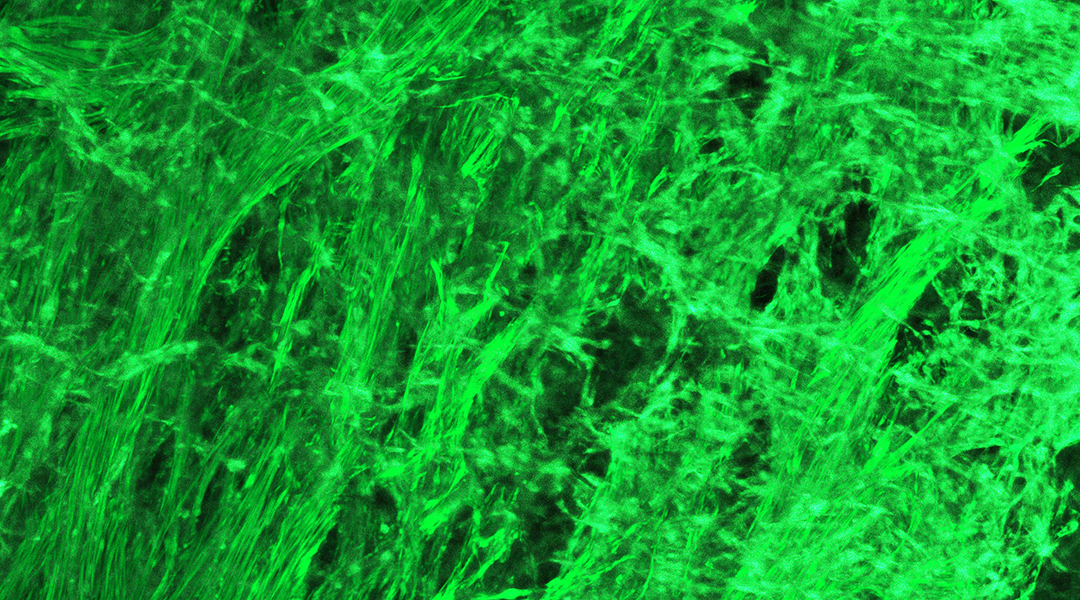
Decisive push brings the first artificial intestine closer
Engineered tissue mimics the contractions of the small intestine to break down artificial materials simulating partially digested food.
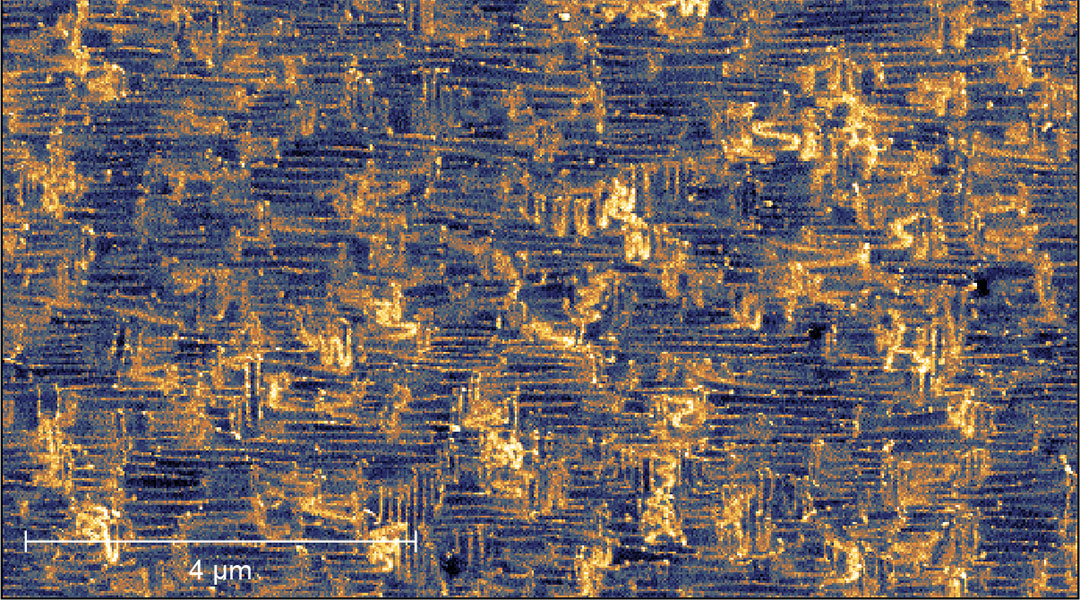
Artificial neural networks made from memristors for brain-inspired computing
Artificial neural networks made from domain walls mimic synapses and neurons in the brain for neuromorphic computers.
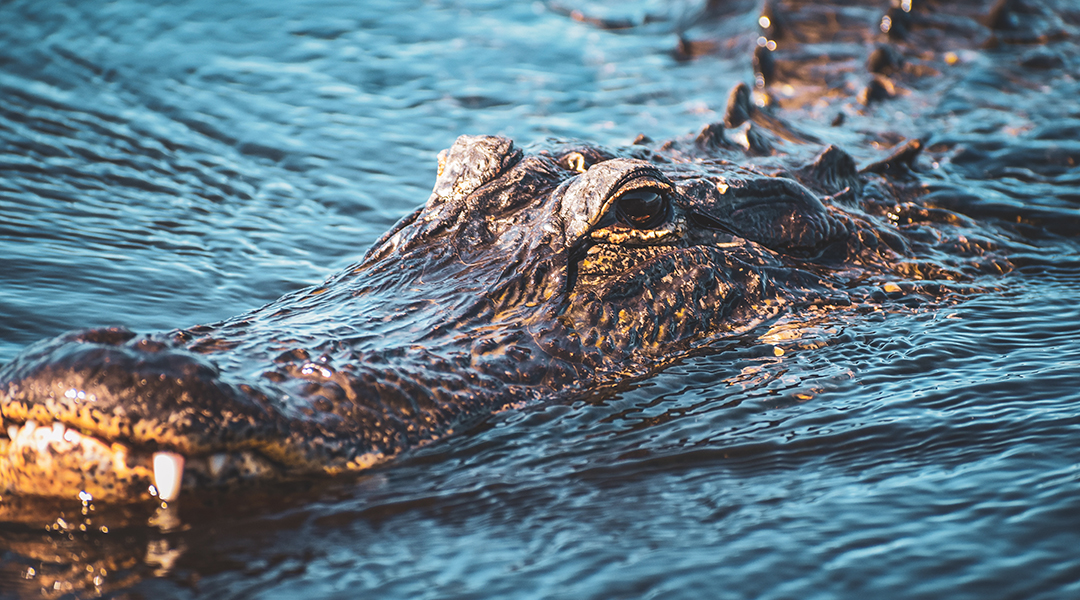
Mechanical sensors inspired by crocodile skin
A uniquely sensitive, stretchable pressure sensor for prosthetics, soft robotics, and human-machine interfaces.
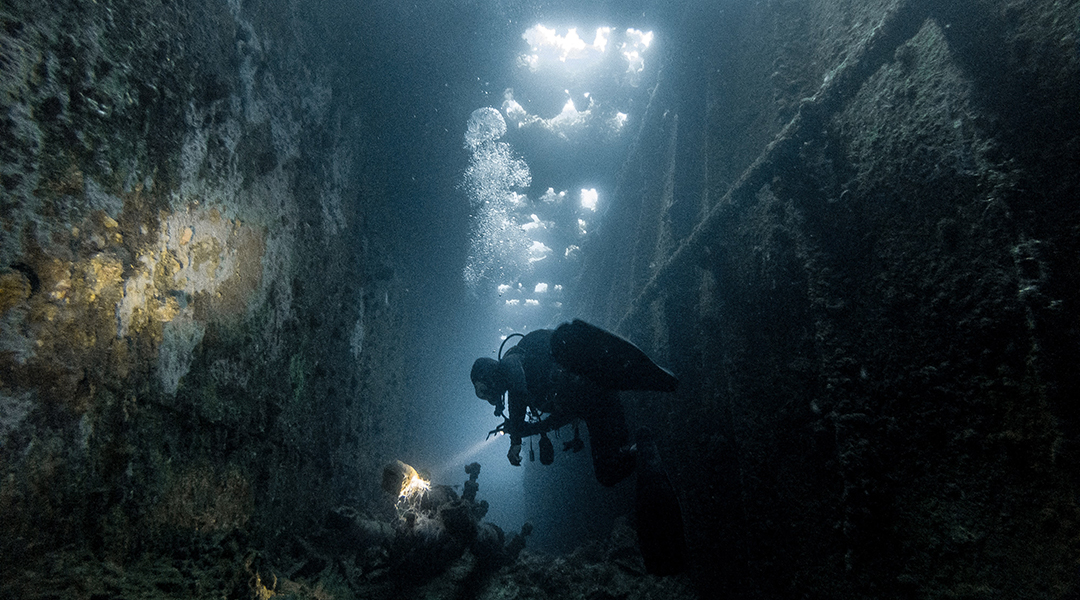
A self-breathing battery helps robots take a deep dive
A new battery design not only provides energy,not only provides energy, but facilitates automatic surfacing and diving mechanisms in electronic, underwater equipment.

Blood-curdling inspiration for mixed-size porous materials
Blood coagulation is a common but delicate physiological behavior and is inspiring new porous materials.
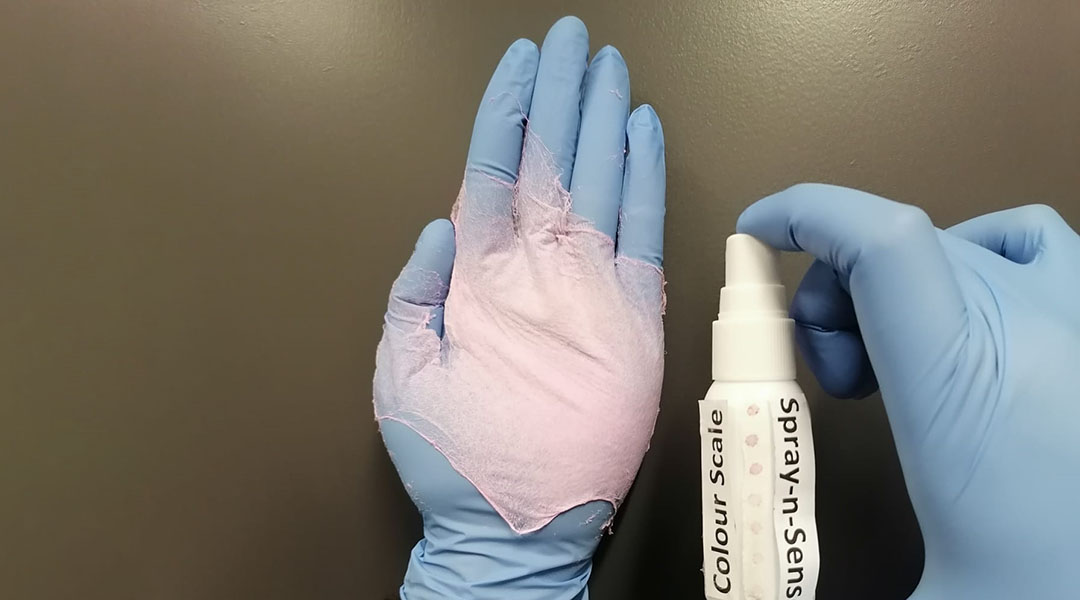
A sprayable chemical sensor for better environmental monitoring
An innovative chemical sensor design could make environmental monitoring in the field more efficient and effective.
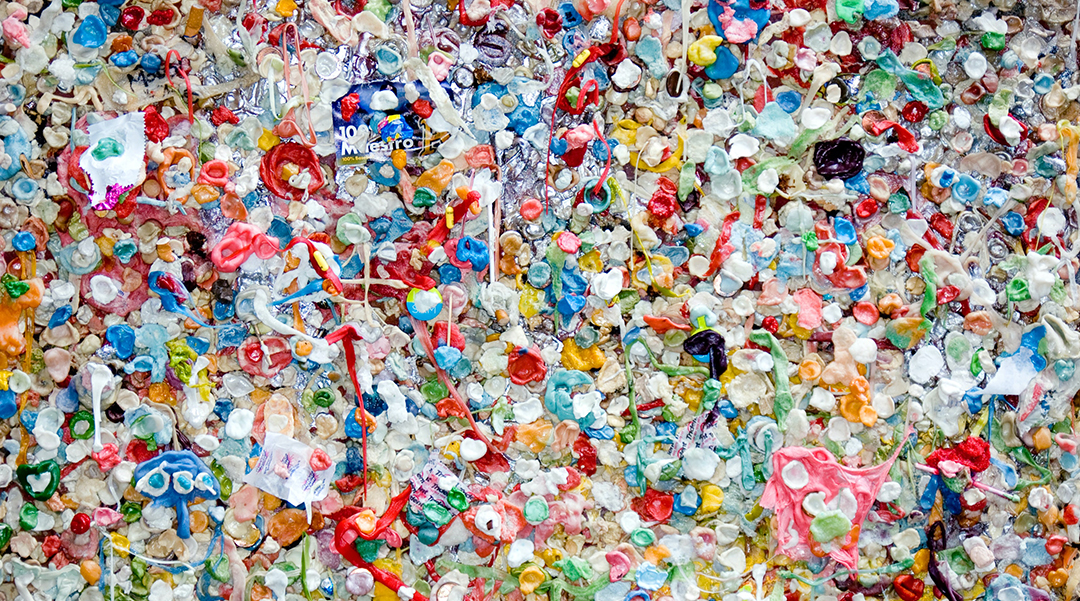
Microplastics are taking flight
New research with samples from Pic du Midi Observatory reveal that microplastics are traversing the globe through the atmosphere.

Self-repairing electronics on the horizon
Through a happy accident, researchers have identified a new self-repairing electronic material that could make sci-fi dreams a reality.
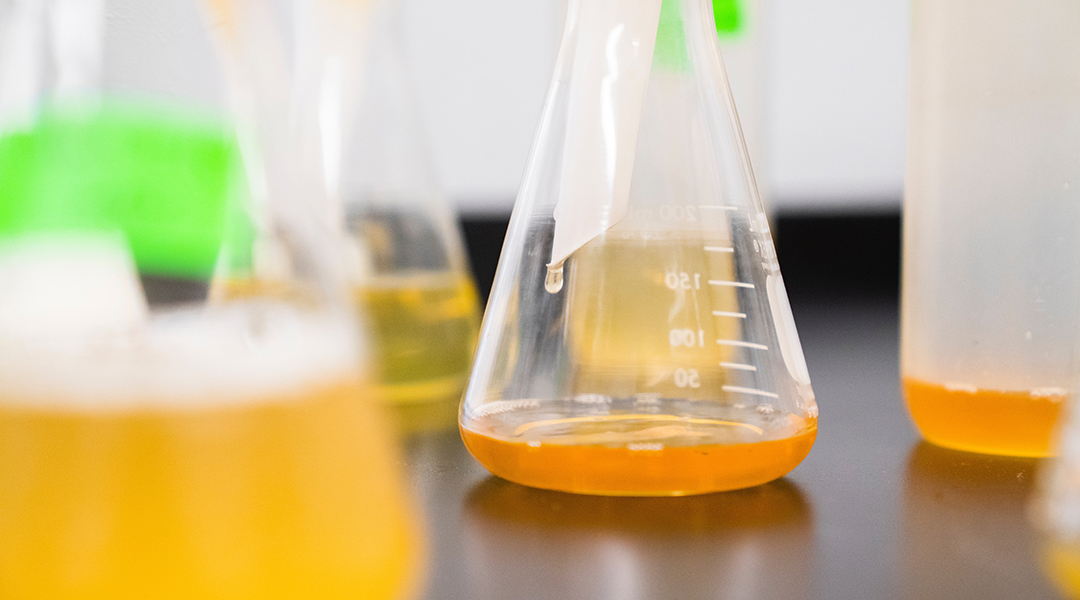
Will industrial-scale photocatalysis see the light of day?
Exploring how scientists can develop efficient, solar-powered reactions to convert carbon dioxide to useful chemical feedstocks.
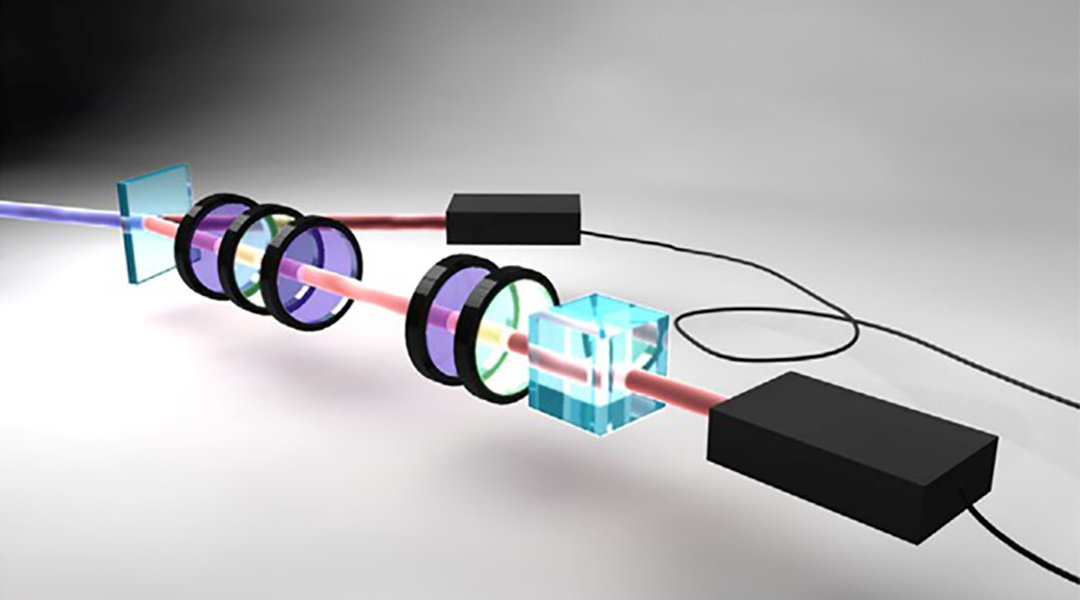
Embedding data in quantum states for machine learning
Quantum computing to process large amounts of data tested by bringing together complementary and versatile quantum processors.
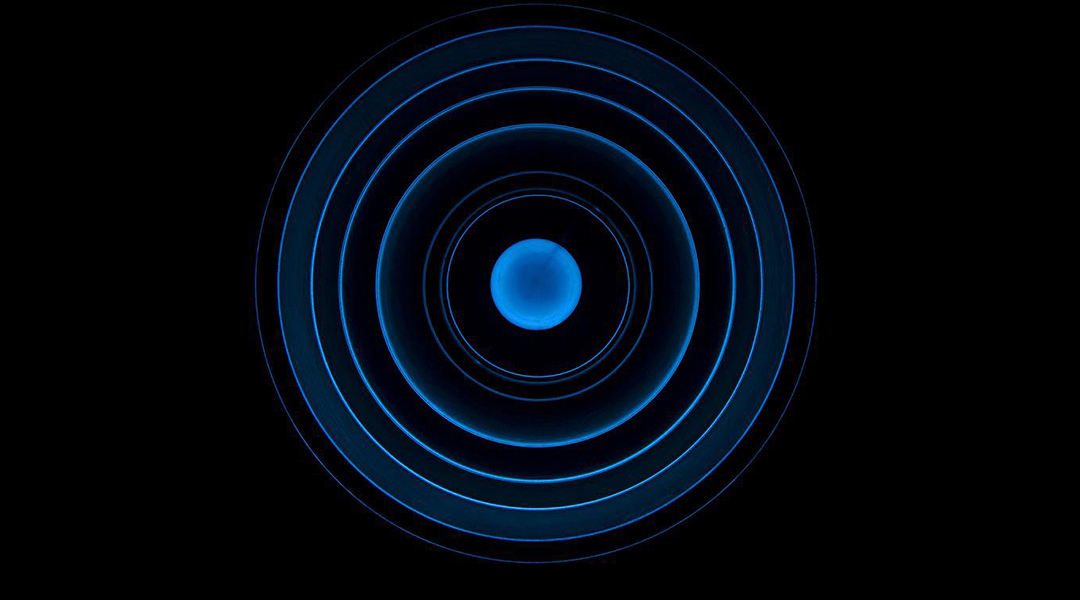
Standard Model tested with record-breaking accuracy
Researchers put quantum electrodynamics to the test, pushing the boundaries of the Standard Model of physics.
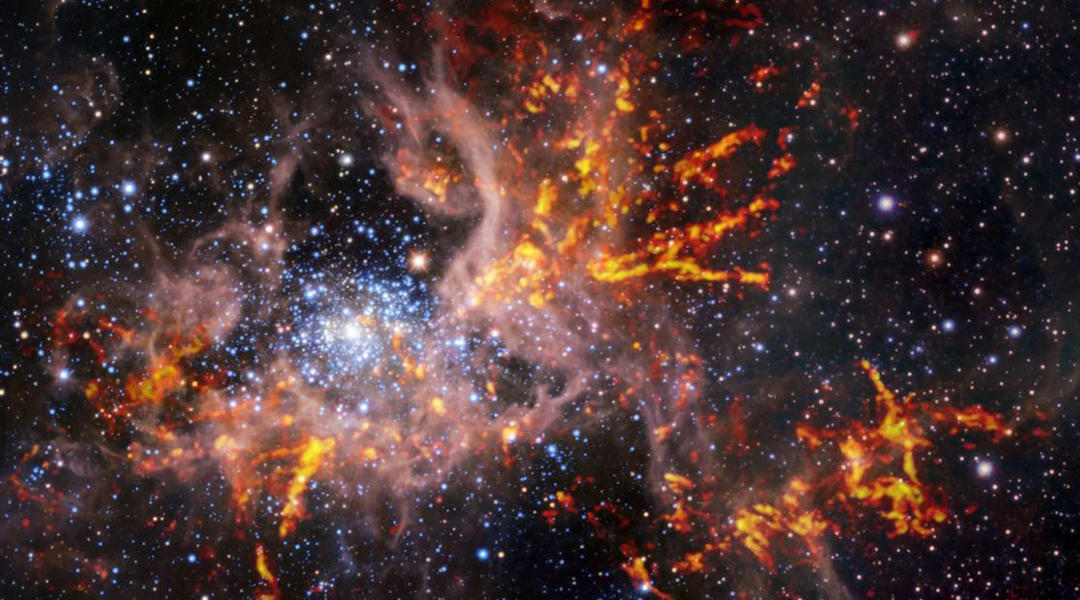
Mapping the gas web of the Tarantula Nebula
New images of the Tarantula Nebula help us understand how intense star formation at its center impacts the rest of the nebula.
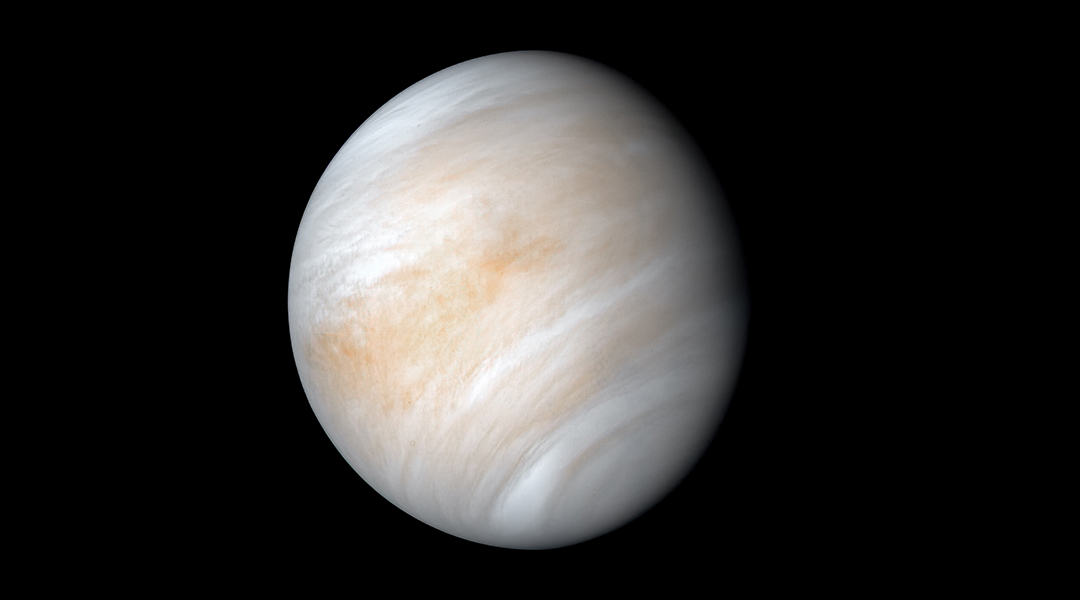
The ongoing search for life on Venus
While a new model finds life is not responsible for Venus’ odd atmospheric chemistry, the aerial biosphere hypothesis is important in the search for life on other worlds.



